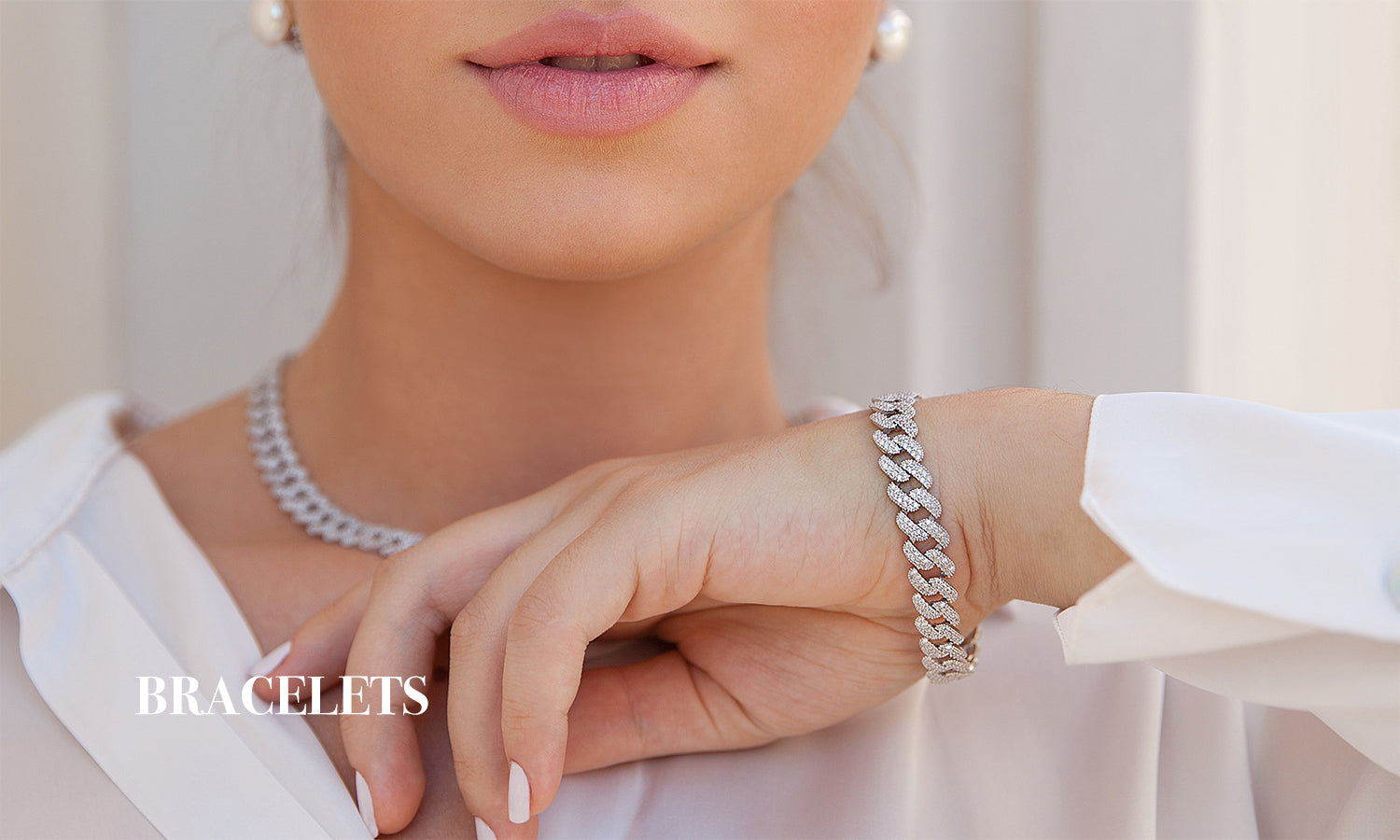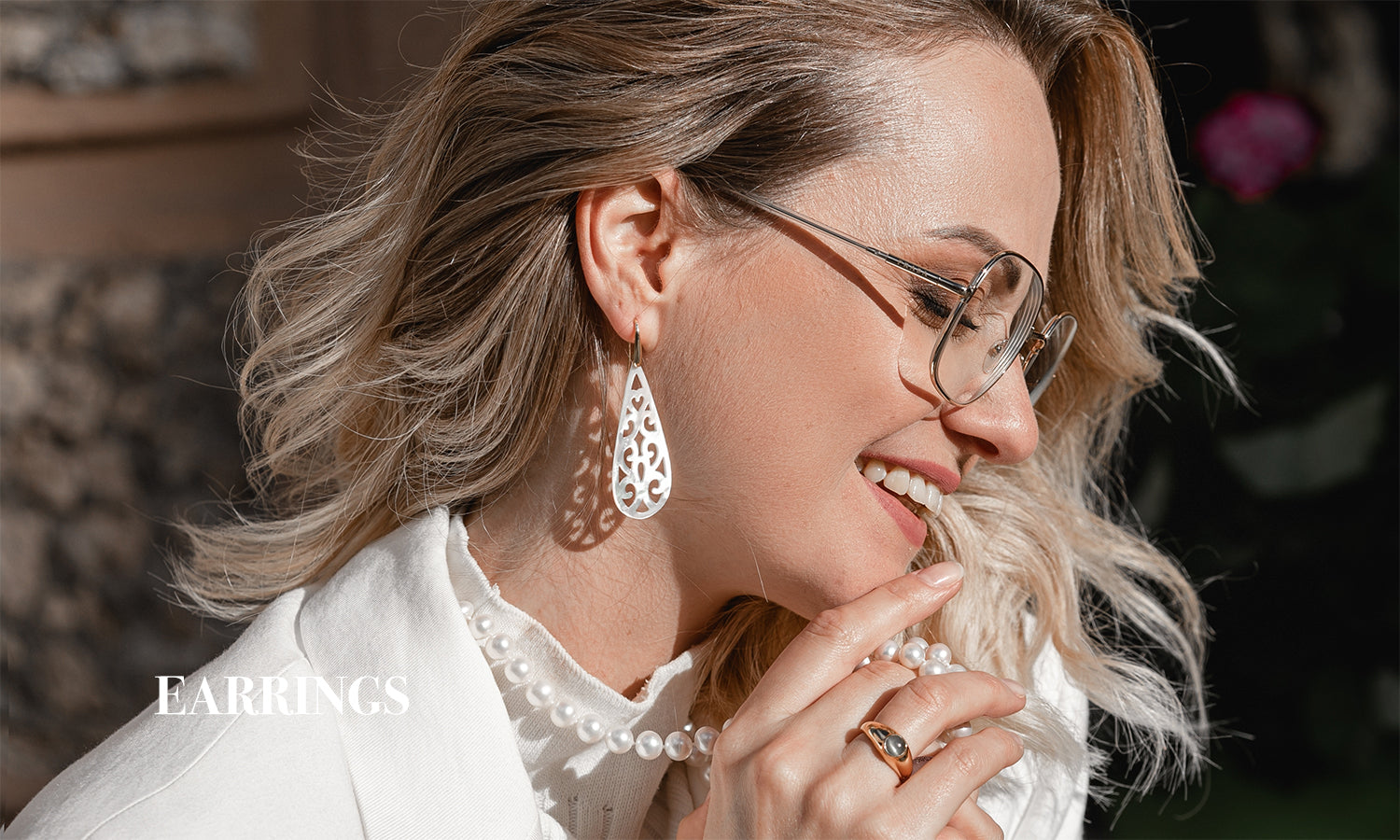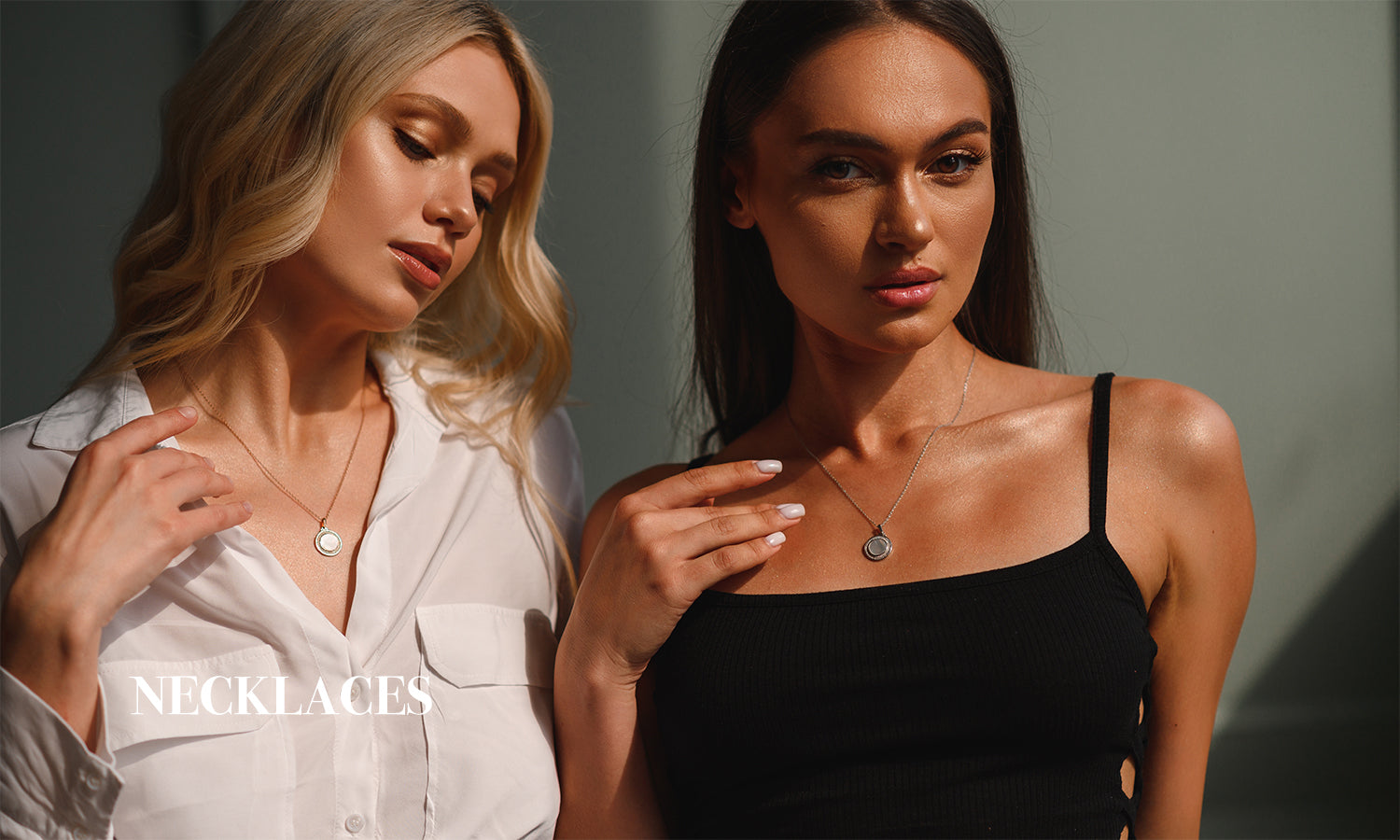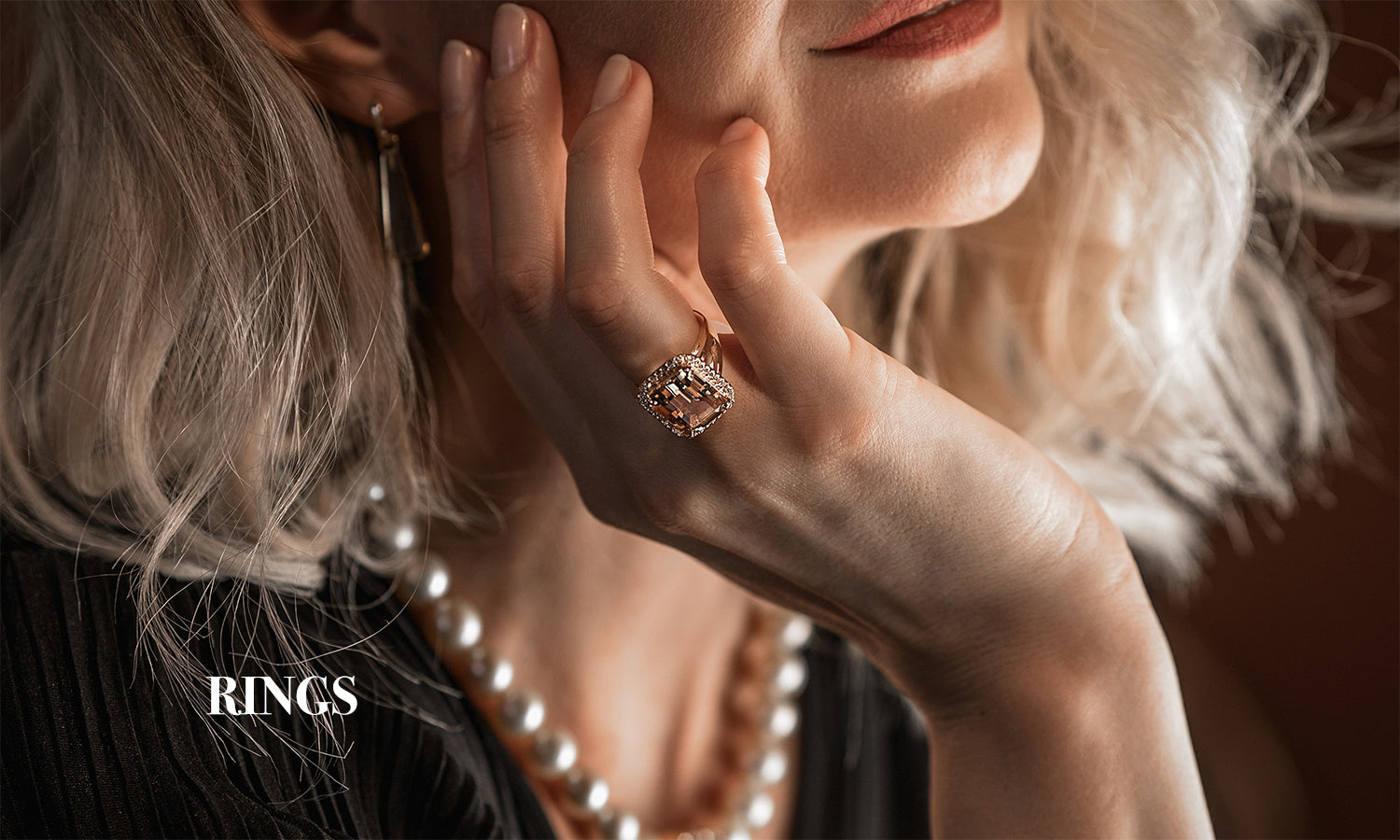Traditional Norse jewelry is more than just a fashion statement; it’s a reflection of a rich and storied history, embodying the spirit and culture of the Viking Age. From the iconic Mjolnir pendants to intricately designed brooches, each piece tells a tale of ancient craftsmanship, religious beliefs, and social status.
|
Key Aspect |
Details |
|
Cultural Significance |
Symbolized wealth, power, protection, and heritage during the Viking Age. |
|
Common Symbols |
- Mjolnir (Thor’s Hammer): Protection and strength. |
|
Craftsmanship Techniques |
- Filigree: Intricate metalwork. |
|
Materials Used |
- Bronze: Common and affordable. |
|
Modern Appeal |
Norse jewelry continues to inspire, with modern reproductions and historical replicas being popular choices. |
|
Where to Find |
- Online stores specializing in Norse jewelry. |
|
Overall Appeal |
A timeless connection to Viking history, appealing to history enthusiasts, mythology lovers, and those who appreciate fine craftsmanship. |
The Significance of Norse Jewelry

During the Viking Age (circa 793–1066 AD), jewelry was not just an adornment but a symbol of wealth, power, and protection. Norsemen, both men and women, wore jewelry made from various materials, including bronze, silver, and gold. These items were often passed down through generations, serving as heirlooms and tokens of heritage.
Symbols and Meanings
Norse jewelry was often adorned with symbols from their mythology and daily life, each carrying deep meanings:
- Mjolnir (Thor’s Hammer):One of the most recognizable symbols in Norse mythology, Mjolnir was believed to offer protection and strength. Viking warriors often wore Mjolnir pendants into battle as talismans.
- Valknut:Often associated with the god Odin, the Valknut is a symbol of the afterlife and the connection between the living and the dead. It was commonly featured on rings and amulets.
- Yggdrasil (The World Tree):Representing the interconnectedness of all life, Yggdrasil was a popular motif in Norse jewelry. It symbolized growth, resilience, and the cyclical nature of life.
Craftsmanship and Techniques

Viking Pirate Family Tree Necklace - European Mythology Jewelry – Planderful Shop
The craftsmanship of Norse jewelry is a testament to the skills of Viking artisans. They employed various techniques, such as:
- Filigree:This involved twisting fine metal threads to create intricate designs. Filigree was often used in brooches and pendants.
- Granulation:Small beads of metal were fused to the surface of a piece, creating textured patterns that caught the light beautifully.
- Casting:Many Norse jewelry pieces were made using the lost-wax casting method, allowing for the creation of detailed and durable items.
Materials Used
The choice of materials in Norse jewelry was influenced by availability and the wearer’s social status. Common materials included:
- Bronze:Widely available and affordable, bronze was commonly used for everyday items.
- Silver:More precious than bronze, silver was often used for ceremonial or high-status jewelry.
- Gold:Reserved for the elite, gold jewelry was a clear indicator of wealth and power.
The Legacy of Norse Jewelry

Today, traditional Norse jewelry continues to captivate and inspire. Modern reproductions of Viking jewelry are popular among those who appreciate the blend of history, mythology, and craftsmanship. Whether worn as a statement piece or cherished as a connection to ancestral roots, Norse jewelry holds a timeless appeal.
Where to Find Traditional Norse Jewelry

For those interested in owning a piece of Norse heritage, there are several sources to consider:
- Online Stores:Many online retailers specialize in Norse and Viking jewelry, offering both authentic pieces and high-quality reproductions.
- Local Artisans:Supporting local craftsmen who create Norse-inspired jewelry is another way to connect with this ancient tradition.
- Historical Replicas:For those seeking authenticity, historical replicas based on archaeological finds offer a direct link to the past.
Conclusion
Traditional Norse jewelry is more than just an accessory; it’s a bridge to the past, a tangible connection to the rich tapestry of Viking history. Whether you’re a history enthusiast, a lover of mythology, or simply someone who appreciates fine craftsmanship, Norse jewelry offers something unique and meaningful.





